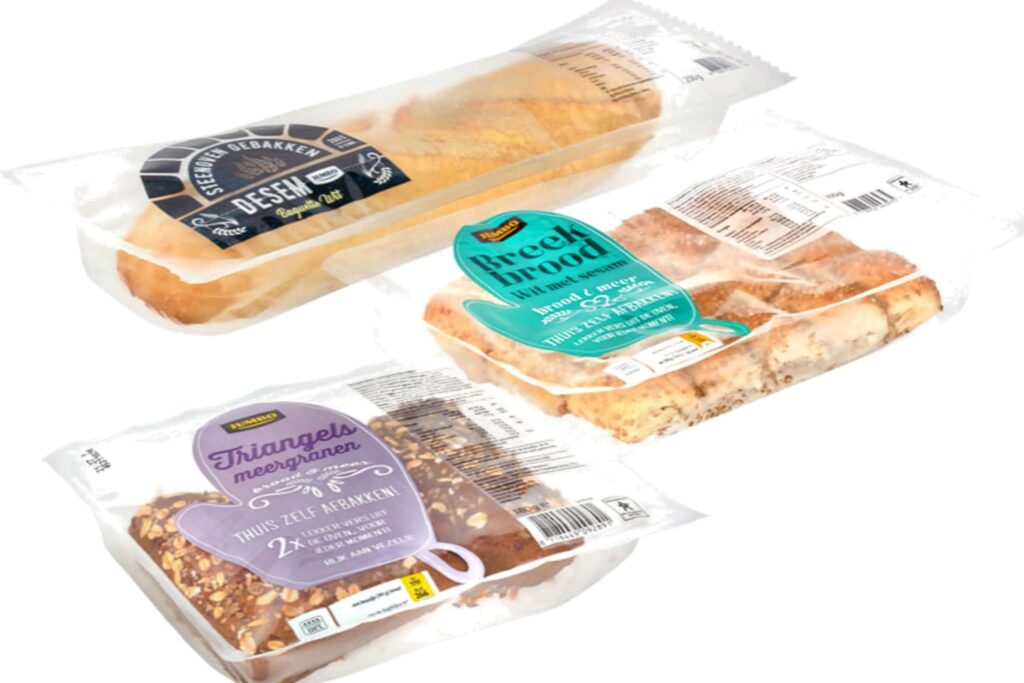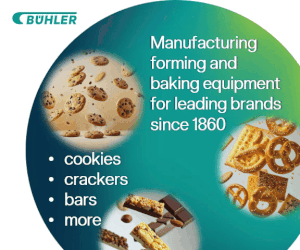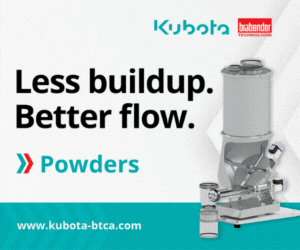Consumers want it all: They demand their bakery products to be fresh and require limited prep time, and they want it to last, too. That’s a tall order for producers of commercially baked foods with a limited shelf life.
The food industry has adopted modified atmosphere packaging (MAP) for shelf-live preservation, and in recent years, it’s become an option for some baked goods including high-value bakery products such as preservative-free, par-baked, whole grain, gluten-free and specialty and organic products.






